Do you really need to put down 20% when buying a home?
It may be the standard down payment, but that does not mean it's the right amount for you

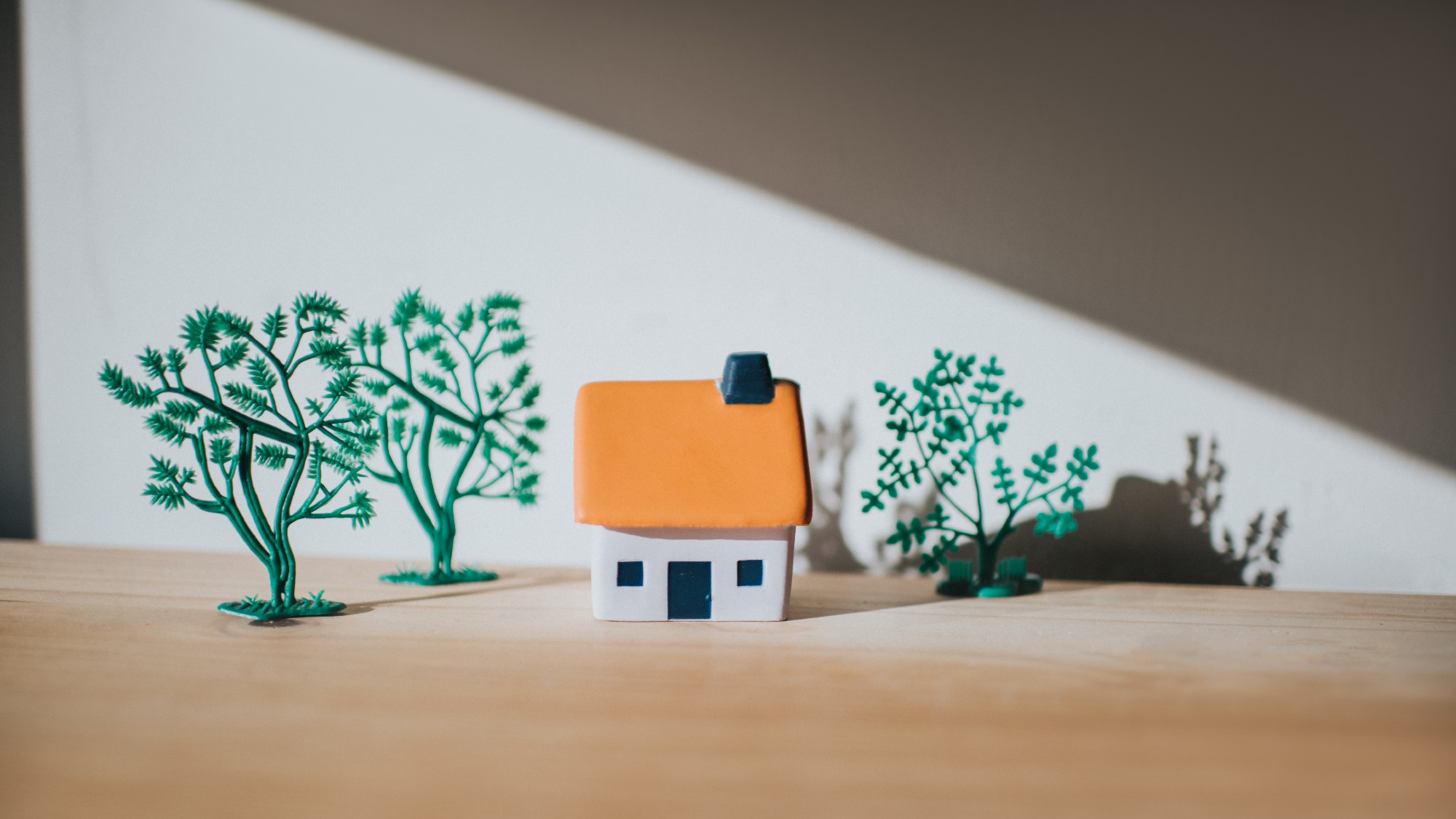
The standard down payment when purchasing a home is 20% of the purchase price — but that does not necessarily mean that's how much you have to pay.
In fact, "in 2023, the typical down payment for first-time home buyers was 8%, according to the National Association of Realtors," said NerdWallet. Among homebuyers who had previously purchased, "the typical down payment was 19%."
Making a smaller down payment offers the immediate benefit of keeping more of your cash in your pocket; but there are also downsides worth considering. While 20% may seem steep, especially if you are a first-time homebuyer, there are reasons it is standard.
The Week
Escape your echo chamber. Get the facts behind the news, plus analysis from multiple perspectives.

Sign up for The Week's Free Newsletters
From our morning news briefing to a weekly Good News Newsletter, get the best of The Week delivered directly to your inbox.
From our morning news briefing to a weekly Good News Newsletter, get the best of The Week delivered directly to your inbox.
What are the pros of putting 20% down?
Wondering whether it is worth putting 20% down? Here are the major benefits of doing so:
You will not need private mortgage insurance. A major benefit of making a down payment of at least 20% is that you will not need to pay for private mortgage insurance (PMI). This is "insurance that protects a lender if a borrower defaults on their home loan," and "you typically "need to put 20% down to avoid paying [it] on a conventional mortgage loan," said Rocket Mortgage.
Your monthly mortgage payments will be lower. When you make a larger down payment, you end up borrowing less money, which translates to lower mortgage payments each month. These savings may prove "especially beneficial during periods of higher interest rates, which can make homeownership less affordable," said Experian.
You could get a better mortgage rate and terms. "Lenders may shave a few fractions of a percentage point off your interest rate if you make a larger down payment," said NerdWallet. That's because "when you borrow less of the home's price, there's less risk for lenders."
A free daily email with the biggest news stories of the day – and the best features from TheWeek.com
You might look better to sellers. If you are competing for a home in a hot market, a 20% down payment may give you a "competitive edge over other buyers," said Rocket Mortgage. "Home sellers often prefer to work with buyers who make at least a 20% down payment," since "a bigger down payment is a strong signal that your finances are in order."
What are the downsides of making a smaller down payment?
Of course, if there were not any downsides to making a 20% down payment, more homebuyers would be putting down that amount. Drawbacks include:
It can take a while to save up that much. Perhaps the biggest barrier to a 20% down payment is the fact that it's a lot of money to save up — and doing so can take a long time. In fact, "close to 40% of Americans who don't own a house point to a lack of savings for a down payment as a reason why," said CNBC.
You will not have as much cashflow for other costs. Even if you hit the 20% mark, there's a good chance that handing it over will seriously deplete your savings. This may translate to "less financial flexibility" if an emergency were to arise, not to mention "the less money you'll have to spend on repairs and maintenance" on the home you purchase, said Rocket Mortgage.
Other options may offer greater benefits when rates are low. While a larger down payment can offer savings in a high-rate environment, "if mortgage rates are low, you could potentially put that money to better use by investing it or paying down high-interest debt," said Experian.
How much of a down payment do you really need to make?
When it comes down to it (pun intended), how much you have to put down on a home largely "depends on the type of mortgage you choose," said Bankrate. For instance, "conventional loans can require as little as 3% down for qualified borrowers, while FHA loans can be had for as low as 3.5% if you meet the credit requirements."
Still, keep in mind that "borrowing less equates to lower monthly payments, and less interest paid over the life of the loan," said Bankrate, "so no matter what your loan requires as a minimum, it's in your best interest to make as large of a down payment as you can afford."
Becca Stanek has worked as an editor and writer in the personal finance space since 2017. She previously served as a deputy editor and later a managing editor overseeing investing and savings content at LendingTree and as an editor at the financial startup SmartAsset, where she focused on retirement- and financial-adviser-related content. Before that, Becca was a staff writer at The Week, primarily contributing to Speed Reads.
-
 Antibiotic resistance: the hidden danger on Ukraine’s frontlines
Antibiotic resistance: the hidden danger on Ukraine’s frontlinesUnder The Radar Threat is spreading beyond war zones to the ‘doorstep’ of western Europe
-
 ‘Capitalism: A Global History’ by Sven Beckert and ‘American Canto’ by Olivia Nuzzi
‘Capitalism: A Global History’ by Sven Beckert and ‘American Canto’ by Olivia NuzziFeature A consummate history of capitalism and a memoir from the journalist who fell in love with RFK Jr.
-
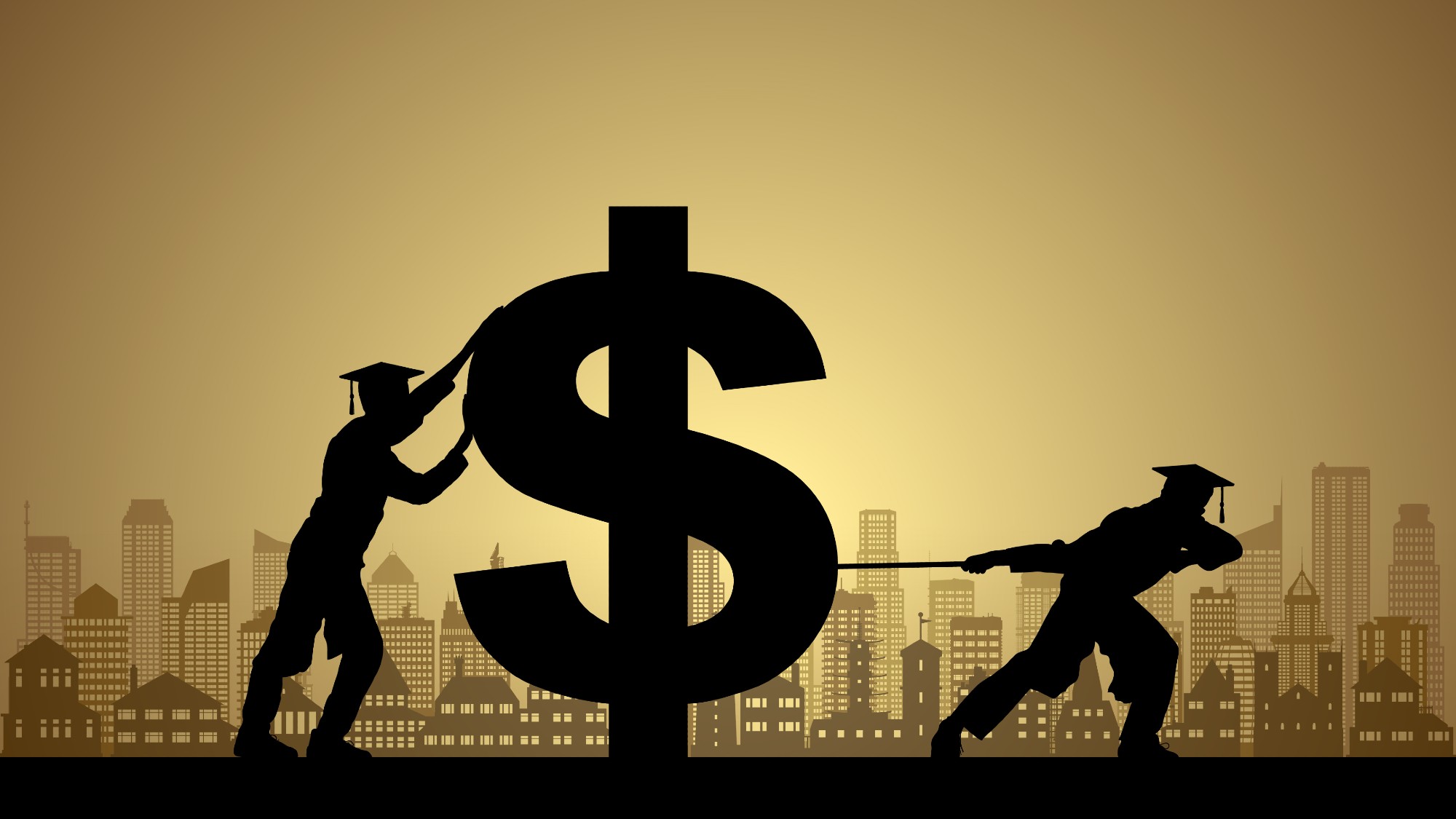 Who will the new limits on student loans affect?
Who will the new limits on student loans affect?The Explainer The Trump administration is imposing new limits for federal student loans starting on July 1, 2026
-
 Who will the new limits on student loans affect?
Who will the new limits on student loans affect?The Explainer The Trump administration is imposing new limits for federal student loans starting on July 1, 2026
-
 3 ways to reduce the cost of owning a car
3 ways to reduce the cost of owning a carthe explainer Despite the rising expense of auto insurance premiums and repairs, there are ways to save
-
 How to shop smarter with a grocery budget
How to shop smarter with a grocery budgetThe Explainer No more pushing your cart down the aisles on autopilot
-
 What will next year’s housing market look like?
What will next year’s housing market look like?The Explainer Here is what to expect from mortgage rates and home prices in 2026
-
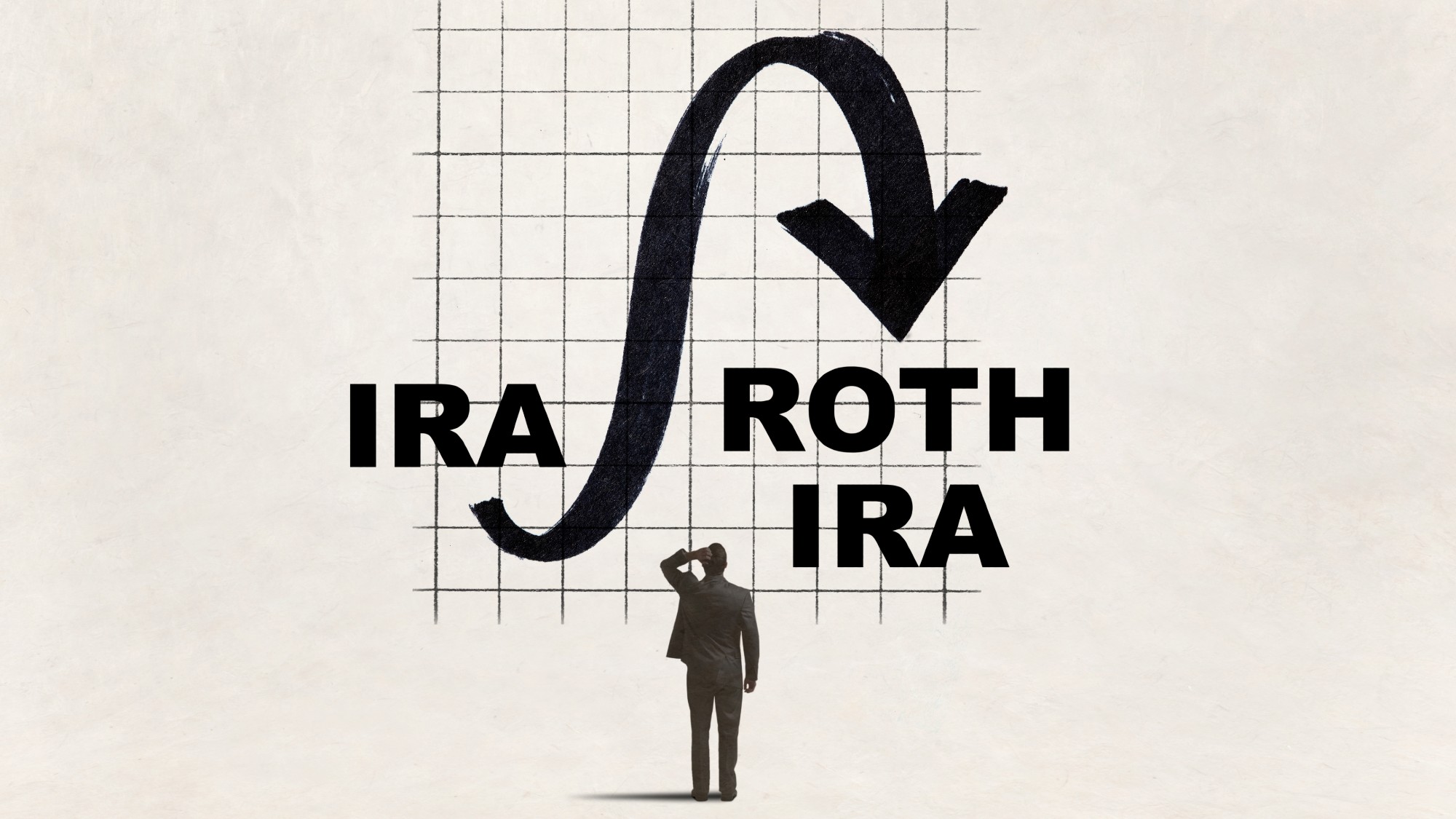 What are the pros and cons of a Roth conversion for retirement?
What are the pros and cons of a Roth conversion for retirement?Pros and Cons By converting a traditional IRA to a Roth IRA, retirees can skip paying taxes on their withdrawals
-
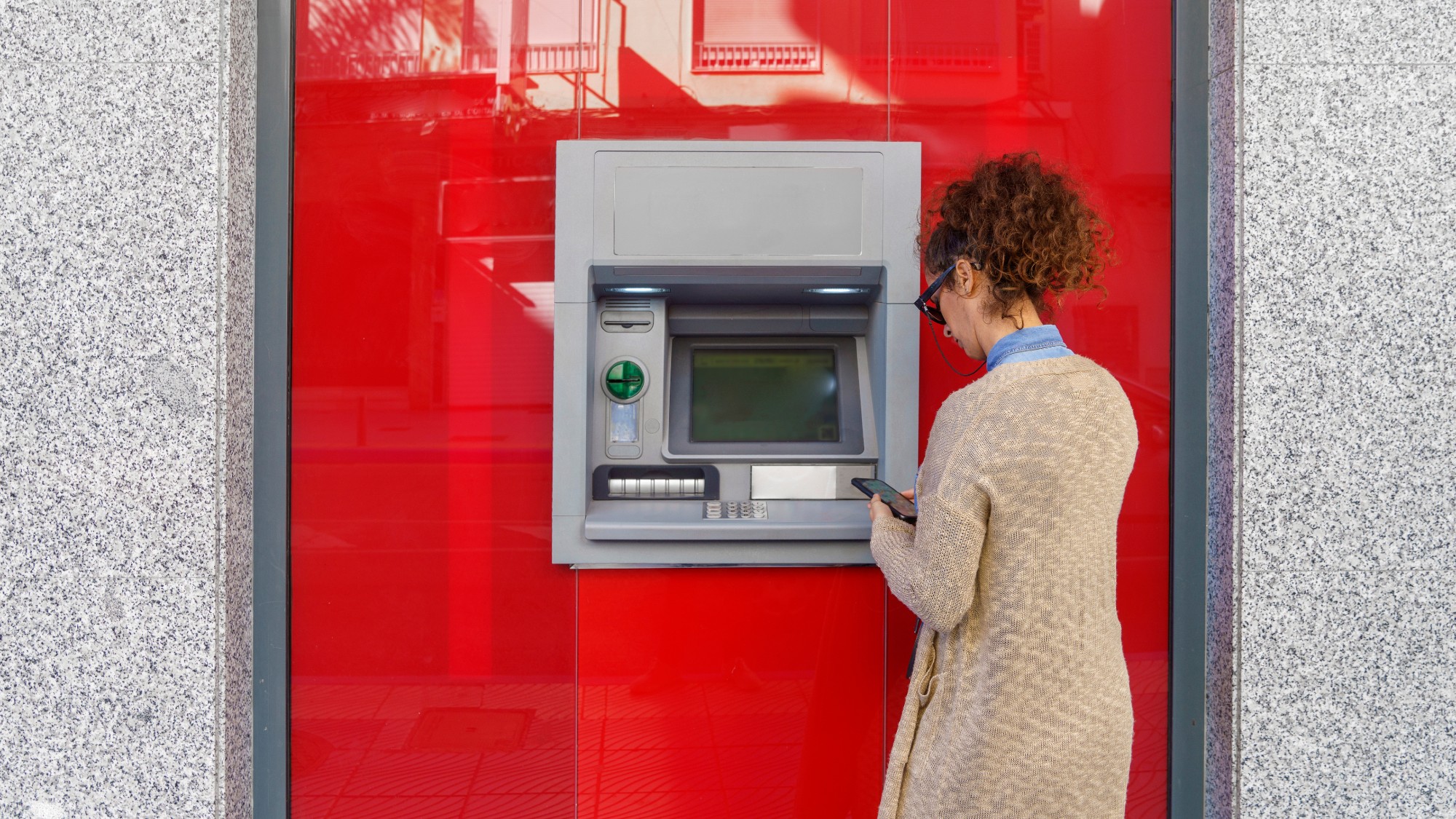 4 easy tips to avoid bank fees
4 easy tips to avoid bank feesThe Explainer A few dollars here and there might seem insignificant, but it all adds up
-
 4 often overlooked home maintenance tasks that could cost you later
4 often overlooked home maintenance tasks that could cost you laterThe Explainer A little upkeep now can save you money down the road
-
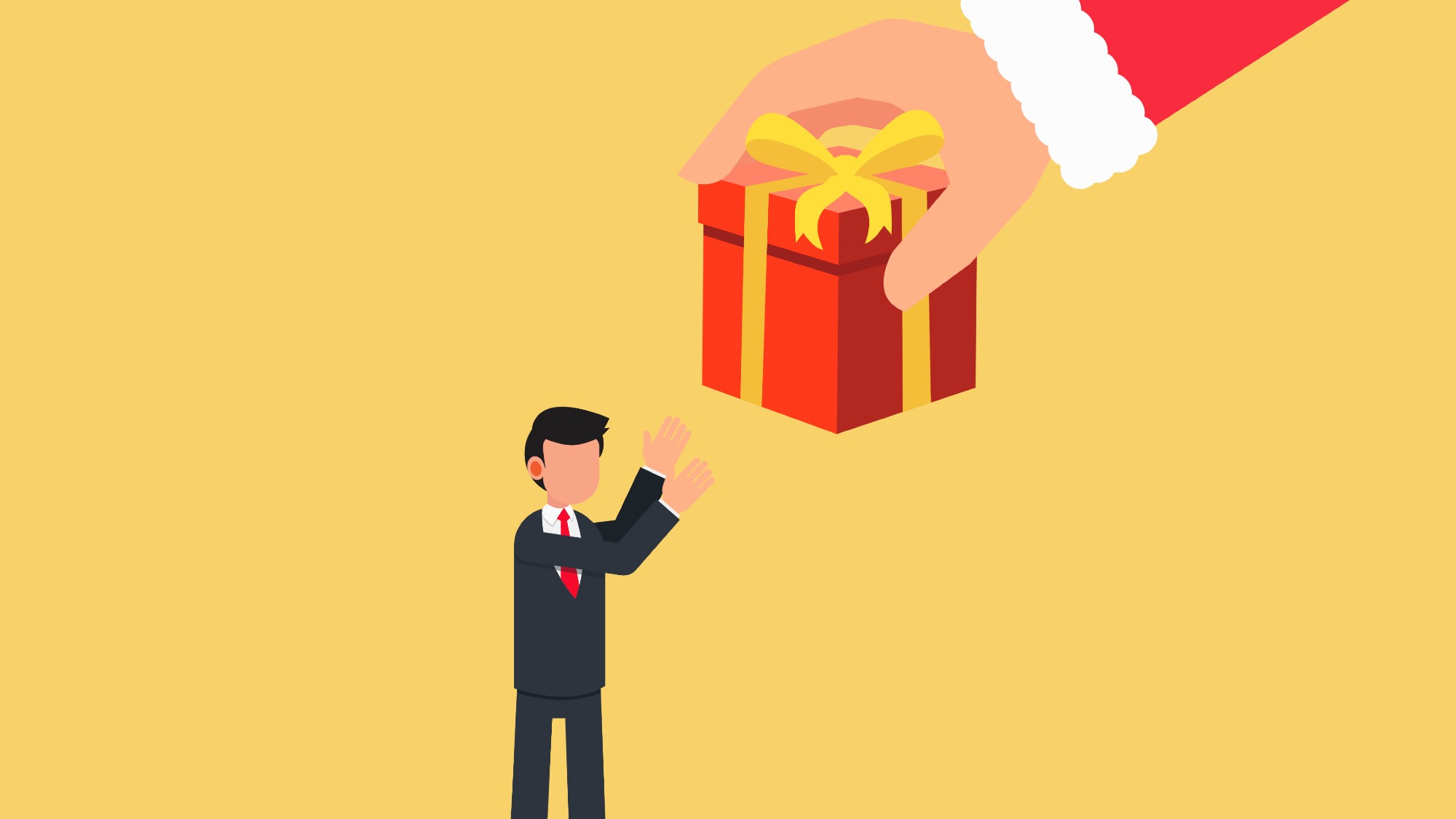 What’s the best way to use your year-end bonus?
What’s the best way to use your year-end bonus?the explainer Pay down debt, add it to an emergency fund or put it toward retirement
